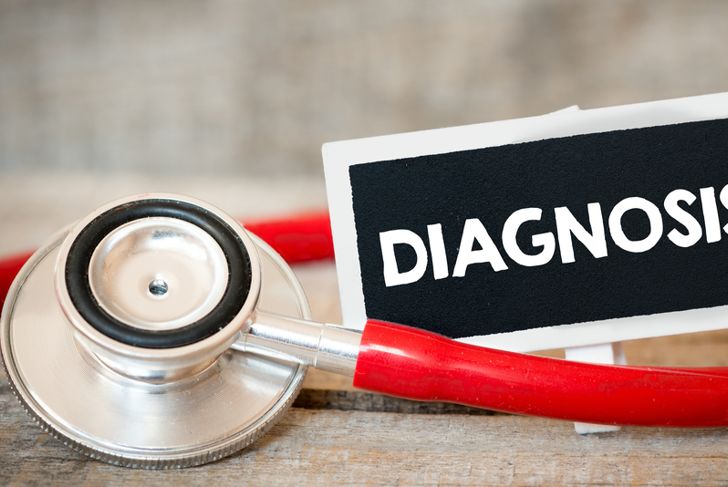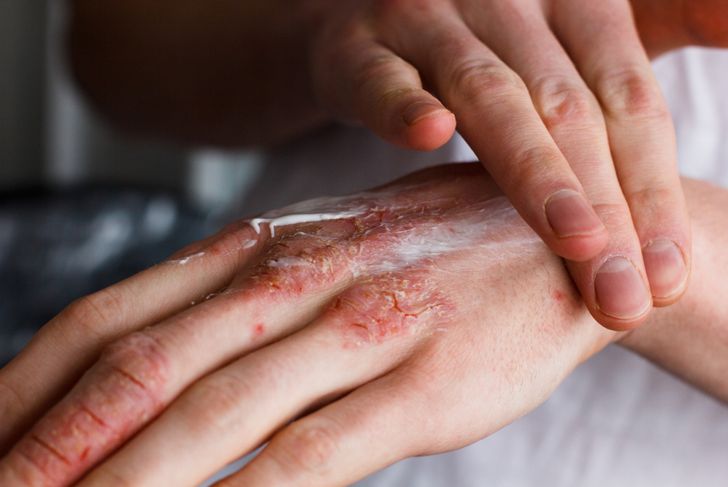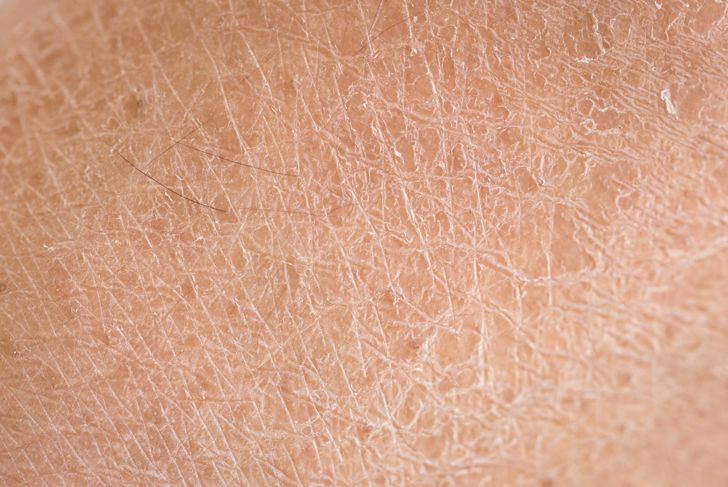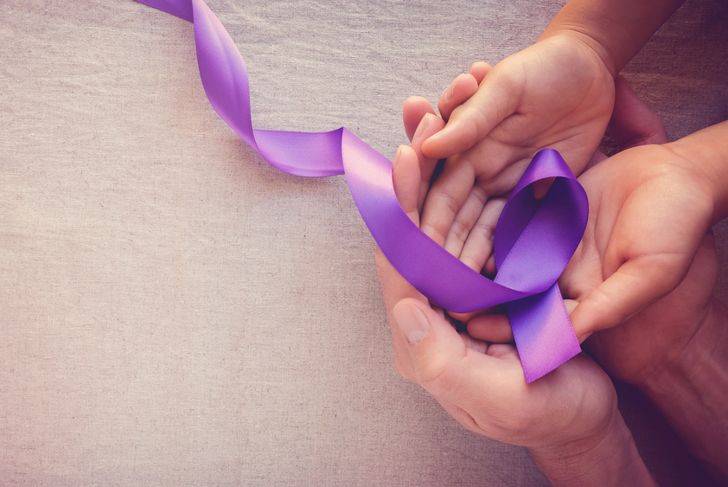The word Ichthyosis comes from the ancient Greek for “fish.” This particular condition is so named because it causes the skin to become thick, dry, or scaly. The condition has existed as long as humankind has been around; even dogs can develop it. The first scientific, documented case was Edward Lambert, who was introduced to the Royal Society in London back in 1731. Even though his parents were not affected by this often genetic-driven disease, Lambert is known for having Ichthyosis Hystrix. Keep reading to learn more about ichthyosis.
What Is Ichthyosis?
Ichthyosis is a group of skin diseases that cause dehydrated skin that looks dry, thick, and scaly. It gives the skin an appearance similar to fish scales. There are more than 20 types of ichthyosis. About 95% of people with the condition have ichthyosis vulgaris. Of all the strains, it is also the mildest and often begins in childhood.
Symptoms Of Ichthyosis
Typical symptoms of ichthyosis vulgaris include the following:
Dehydrated skin
A mild case could be mistaken for dry skin.
Scaly skin
Tends to be gray, brown, or white while the edges often curl, making the skin feel rough.
Thickened skin
It might appear dirty and is most noticeable on the palms of hands and soles of feet.
Itchy skin
Dry skin often causes this symptom.
Many lines on the palms of hands and soles of feet
If it’s severe, you might get deep cracks in the palms and soles that may even cause an infection to develop.
Rough bumps on the skin
Sometimes mistaken for acne and usually develops on the arms, thighs, and buttocks. The medical name for this condition is keratosis pilaris.
Unable to sweat
In severe cases, the patient may not be able to secrete enough.
What Causes Ichthyosis?
Inherited ichthyosis vulgaris is a genetic issue. Babies develop it while inside the womb, and it is passed through the genes of one or both parents. As a result, the skin lacks filaggrin, a protein needed to create the healthy outermost layer of skin. Acquired ichthyosis vulgaris is usually triggered by disease. Some of the conditions that can lead to this particular condition include different types of cancer, long-term kidney failure, sarcoidosis, and infections like HIV and leprosy.
When Should You See A Doctor?
If you or your child have any of the symptoms previously mentioned, you should seek medical attention. Your doctor will want to run a few tests to help make a diagnosis. If you have ichthyosis, then you and the medical team will discuss your best treatment options. The sooner you start a treatment plan, the quicker and more fully you can recover.
How Is Ichthyosis Diagnosed?
Your dermatologist will want to do a skin biopsy to diagnose ichthyosis. This procedure requires removing a small amount of skin and examining it under a microscope. A biopsy is completed rather quickly while at an appointment. It will not take long for you to have the results and diagnosis.
Treatment Options
There are several at-home treatments for ichthyosis, including the following:
Take baths as often as possible
Soaking can help soften and hydrate dry skin.
Moisturize damp skin within minutes of bathing
A moisturizer can help seal water into your skin.
Reduce the scale while bathing
While the scales are softened from water, gently rub the area with an abrasive sponge or pumice stone.
Apply petroleum jelly to the deep cracks
This can soothe the skin and get rid of cracks.
Take medication
If you develop a skin infection, your doctor will prescribe a drug to treat the disease.
Can You Prevent Ichthyosis?
You cannot prevent inherited ichthyosis vulgaris. The most you can do is treat the symptoms as they appear. Unfortunately, you cannot prevent acquired ichthyosis vulgaris either. Follow all of your doctor’s instructions to help keep your condition under control and make sure the symptoms don’t get worse.
Is There a Cure for Ichthyosis?
There is no cure for inherited ichthyosis vulgaris, but treatment will help reduce the dry, scaly skin. If you have acquired ichthyosis vulgaris, you must treat the disease that triggered it in the first place. If the underlying condition has a cure, then the skin condition might go away, too. Most people, however, need to continue treating their skin for life.
Who’s More Prone To Ichthyosis?
If people in your family have ichthyosis vulgaris, you are more likely to inherit it. People with certain types of cancer, long-term kidney failure, sarcoidosis, or infections such as HIV or leprosy are at higher risk of developing acquired ichthyosis vulgaris as well.
How Does Ichthyosis Affect Everyday Life?
Most people have to treat their conditions for the rest of their lives. Ichthyosis can feel uncomfortable and itchy. If you are taking a medication to treat ichthyosis, take it as directed by your doctor. Those with acquired ichthyosis vulgaris will need to address the disease that triggered the condition.

 Home
Home Health
Health Diet & Nutrition
Diet & Nutrition Living Well
Living Well More
More




















